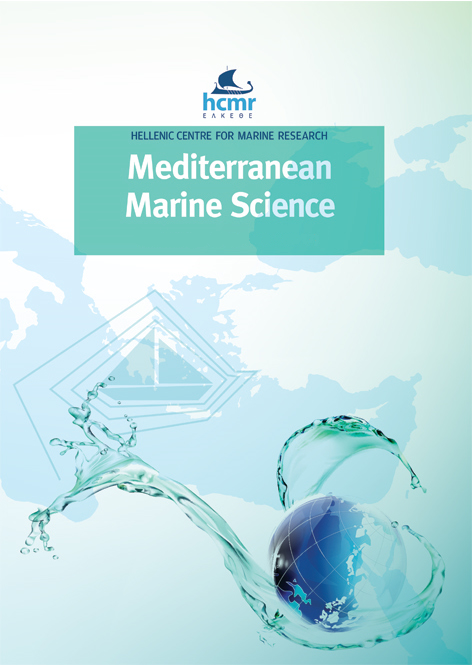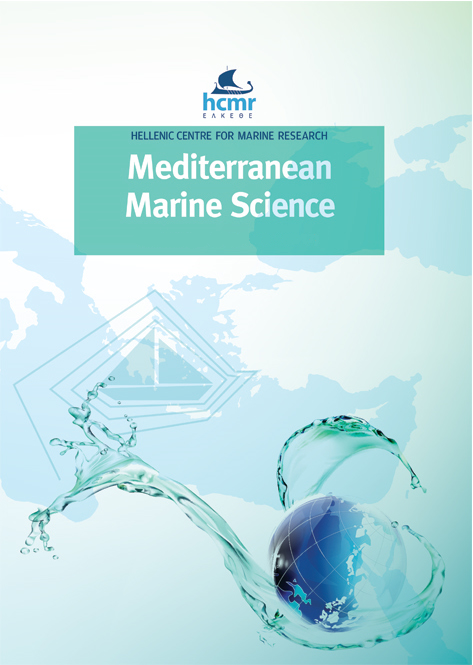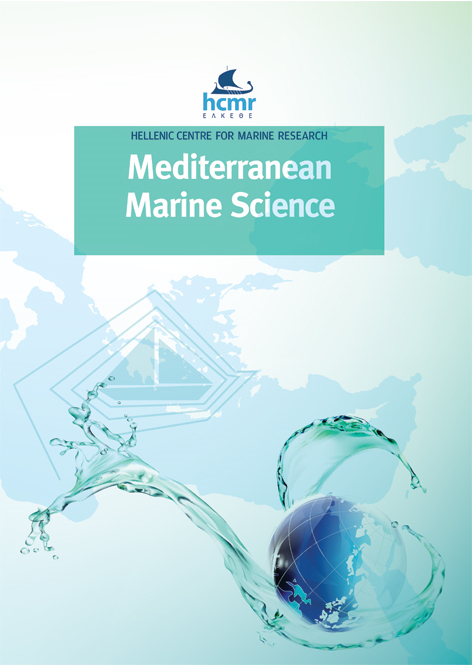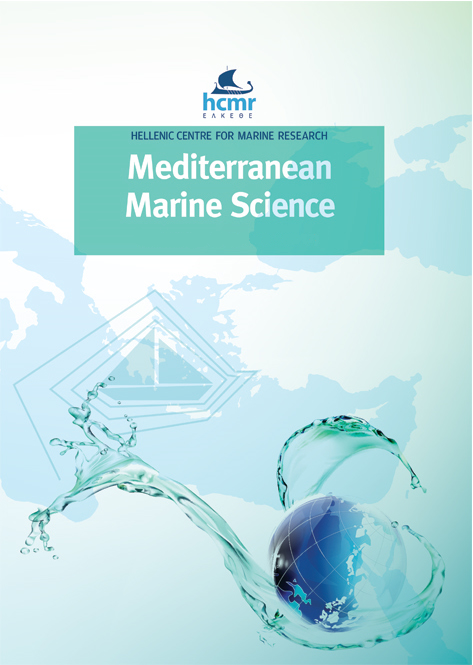Two-way bioinvasion: tracking the neritic non-native cyclopoid copepods Dioithona oculata and Oithona davisae (Oithonidae) in the Eastern Mediterranean Sea

Abstract
Accelerated anthropogenic changes in the Eastern Mediterranean Sea (EMS) have facilitated the introduction, spread and establishment of invasive copepod species in this region. Here, we report the introduction of two non-native cyclopoid copepods Dioithona oculata and Oithona davisae for the first time in the Israeli coastal waters and describe their temporal variability. The species were identified by morphological characteristics, DNA barcoding and phylogenetic inference. Molecular identification and phylogenetic analysis supported the taxonomical identification, nevertheless, showed cryptic speciation within D. oculata, separating the Western Pacific and EMS clades. In the Israeli coastal waters, D. oculata presented a temporally restricted occurrence, appearing from September 2019 to December 2019 (30.0±0.7 – 21.0±1.1 °C) and October 2020 (28.0±0.7 °C). The highest abundances of D. oculata occurred in the autumn (October 2019 and 2020), when the water temperature reached 28.0 °C (7 and 10 ind. m-3, respectively). The lowest abundance occurred in December 2019 (0.35 ind. m-3), when the water temperature decreased to 21.0 °C, indicating that the thermal affinity of D. oculata for warm-temperate conditions, for reproduction and the maintenance of viable populations, has persisted in the introduced range. In contrast, O. davisae appeared almost all year around (17.0±0.5 – 28.0±0.7 °C). This species demonstrated peaks in abundance both in October 2019 and October 2020, when the water temperature reached 28.0 °C (406 and 92 ind. m-3), as well as when the temperature decreased to 17.0 °C (31 ind. m-3, February 2020), confirming its wide eurythermal tolerance. Based on our findings and previous observations, we suggest that D. oculata may have invaded the EMS through the Suez Canal and is now at the onset of its spread in the Mediterranean Sea, whereas O. davisae has been introduced via shipping, likely from the Northeast Atlantic, widely spreading and successfully establishing viable populations across the entire Mediterranean Sea, until the coastal Levantine Sea.
Article Details
- How to Cite
-
VELASQUEZ, X., MOROV, A. R., TERBIYIK KURT, T., MERON, D., & GUY-HAIM, T. (2021). Two-way bioinvasion: tracking the neritic non-native cyclopoid copepods Dioithona oculata and Oithona davisae (Oithonidae) in the Eastern Mediterranean Sea. Mediterranean Marine Science, 22(3), 586–602. https://doi.org/10.12681/mms.26036
- Issue
- Vol. 22 No. 3 (2021)
- Section
- Research Article
Authors who publish with this journal agree to the following terms:
- Authors retain copyright and grant the journal right of first publication with the work simultaneously licensed under a Creative Commons Attribution Non-Commercial License that allows others to share the work with an acknowledgement of the work's authorship and initial publication in this journal.
- Authors are able to enter into separate, additional contractual arrangements for the non-exclusive distribution of the journal's published version of the work (e.g. post it to an institutional repository or publish it in a book), with an acknowledgement of its initial publication in this journal.
- Authors are permitted and encouraged to post their work online (preferably in institutional repositories or on their website) prior to and during the submission process, as it can lead to productive exchanges, as well as earlier and greater citation of published work (See The Effect of Open Access).










